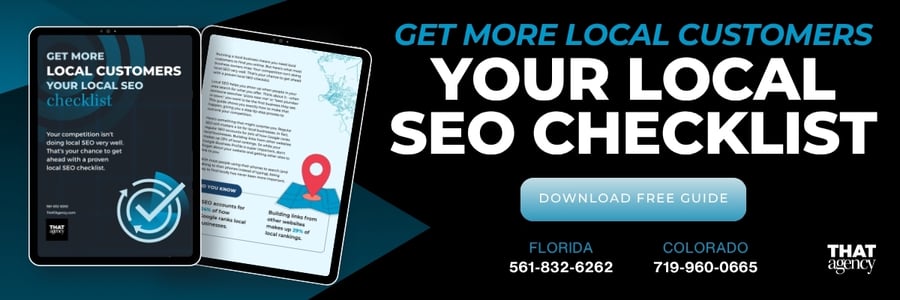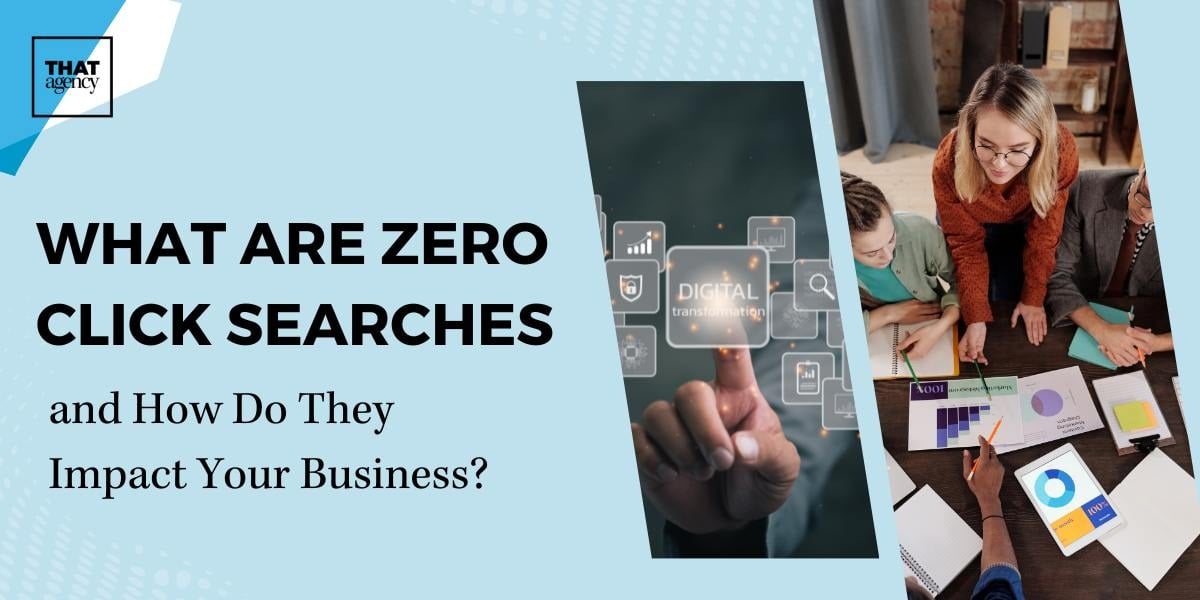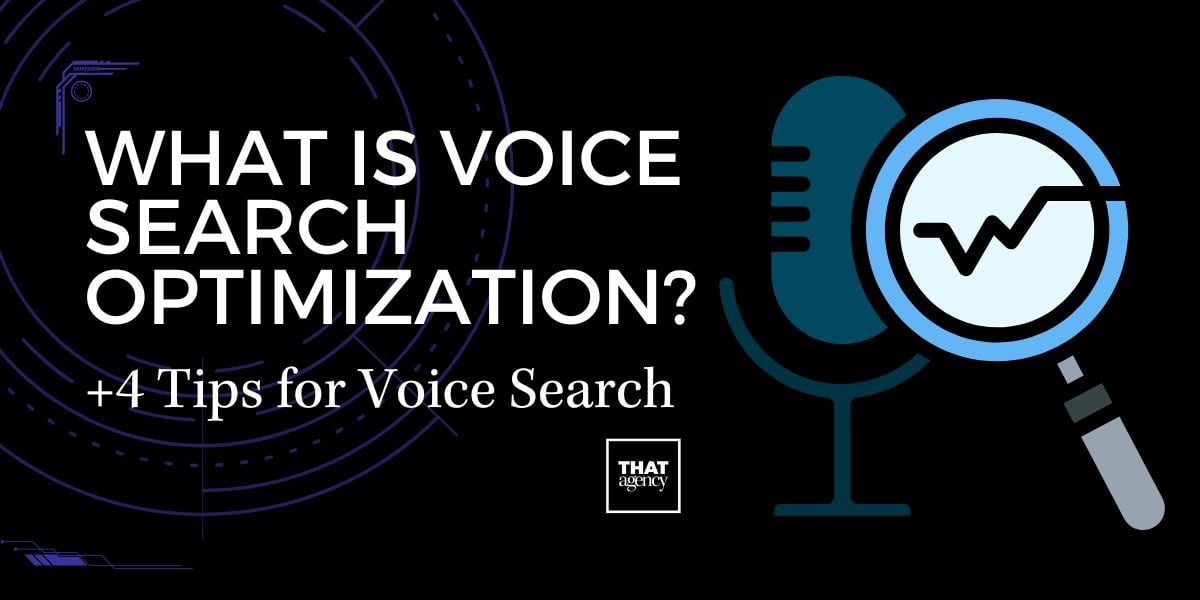In the ever-evolving landscape of online advertising, businesses often find themselves grappling with a critical decision: which platform will best help them reach their goals? Among the most prominent choices are local service ads and Google Ads. Both options offer unique benefits, but they cater to different needs and objectives. Understanding their key differences and the best use cases for each is essential to maximizing your advertising ROI.
.jpg?width=1200&height=600&name=Marketing%20Analytics%202025%20(4).jpg)
What Are Local Service Ads?
Local Service Ads (LSAs) are a type of online advertising specifically designed for service-based businesses that want to connect with local customers. Unlike traditional ads, LSAs operate on a pay-per-lead model, meaning businesses only pay when a potential customer reaches out to them through the ad. These ads are displayed at the very top of Google search results, even above standard pay-per-click (PPC) ads, giving businesses maximum visibility.
LSAs are particularly effective for businesses in industries like:
- Plumbing
- Electrical work
- HVAC services
- Real estate
- Legal services
One of the standout features of LSAs is the Google Guaranteed badge, a symbol that assures customers the business has passed background checks and meets Google’s quality standards. This added layer of trust can significantly improve the likelihood of converting leads into paying customers.
Key benefits of Local Service Ads include:
- Premium Placement: LSAs appear at the very top of search results, making them highly visible to potential customers.
- Pay-Per-Lead Model: You only pay when a customer contacts you through the ad, ensuring your budget is spent on genuine leads.
- Simplified Setup: LSAs are relatively easy to set up and require less ongoing management compared to other ad types.
- Targeted Local Reach: Businesses can specify their service area and connect with customers nearby.
What Are Google Ads?
Google Ads, formerly known as Google AdWords, is Google’s versatile PPC advertising platform. It allows businesses to create a variety of campaigns to target different audiences and achieve specific marketing goals. Unlike LSAs, Google Ads cater to a broader range of businesses and offer more advanced customization options.
With Google Ads, businesses can choose from multiple campaign types, including:
- Search Ads: Text-based ads that appear on Google’s search engine results pages (SERPs).
- Display Ads: Image-based ads shown across Google’s Display Network of websites.
- Shopping Ads: Product-specific ads that include images, prices, and links to purchase.
- Video Ads: Ads displayed on YouTube and other video platforms.
- App Promotion Ads: Ads designed to drive app downloads.
Google Ads operate on a pay-per-click (PPC) model, where advertisers pay each time someone clicks on their ad. While this model requires careful management to ensure a good return on investment (ROI), it’s incredibly flexible and can accommodate both small and large budgets.
Key benefits of Google Ads include:
- Diverse Formats: Businesses can use text, images, videos, and more to engage their audience.
- Advanced Targeting: Advertisers can target specific demographics, behaviors, and geographic areas.
- Scalability: Google Ads campaigns can grow with your business, reaching both local and global audiences.
- Comprehensive Analytics: Detailed performance metrics help you optimize campaigns for better results.

Key Differences Between Local Service Ads and Google Ads
1. Ad Placement
- Local Service Ads: Appear at the very top of the search engine results page (SERP), above all other ad types.
- Google Ads: Can appear in various locations, including below LSAs on the SERP, YouTube, and Google’s Display Network.
2. Cost Model
- Local Service Ads: Operate on a pay-per-lead basis, meaning you’re charged only when a customer contacts you.
- Google Ads: Use a pay-per-click (PPC) model, charging you for every click on your ad, regardless of whether it converts.
3. Targeting Options
- Local Service Ads: Focus on connecting service providers with local customers; targeting is primarily based on service area.
- Google Ads: Offer extensive targeting capabilities, including demographics, keywords, behaviors, and geographic areas.
4. Ad Format and Features
- Local Service Ads: Simple, featuring basic details like business name, ratings, reviews, and contact options.
- Google Ads: Highly versatile, supporting text, images, videos, and interactive formats.
5. Ease of Management
- Local Service Ads: Easier to set up and manage, suitable for small businesses without dedicated marketing teams.
- Google Ads: Require ongoing management and optimization but offer greater flexibility and control.
When to Use Local Service Ads
Local Service Ads are ideal for businesses that:
- Operate in industries like home services, legal, or medical fields.
- Serve a specific geographic area and want to attract local customers.
- Prefer a cost model where payment is tied directly to customer inquiries.
- Value the trust and credibility provided by the Google Guaranteed badge.
For instance, a local locksmith can use LSAs to quickly connect with customers searching for emergency services in their area.
When to Use Google Ads
Google Ads are a better fit for businesses that:
- Offer a diverse range of products or services beyond local offerings.
- Want to target a broader audience, including national or global markets.
- Need advanced targeting and remarketing options to refine their campaigns.
- Have the resources to manage more complex advertising strategies.
For example, an online retailer can use Google Ads to run shopping and display campaigns that promote their products to a wide audience.
Comparing Costs and ROI
- Local Service Ads: With a pay-per-lead model, LSAs can be more cost-effective for service-based businesses. However, costs vary by industry and competition.
- Google Ads: While potentially more expensive due to its PPC model, Google Ads offer scalability and flexibility, making them a good choice for businesses looking to grow over time.
The Role of Google Local Service Ads
Google Local Service Ads help businesses build trust and attract local customers by prominently displaying the Google Guaranteed badge. This feature is particularly beneficial for industries where trust and reliability are key, such as home repairs or legal services. LSAs ensure high visibility and better lead quality, increasing the likelihood of conversions.
Choosing the Right Solution for Your Business
The choice between Local Service Ads and Google Ads depends on your goals, industry, and resources. Many businesses benefit from using both simultaneously. For example, a local HVAC company can generate immediate leads through LSAs while using Google Ads to build brand awareness.
FAQs About Local Service Ads vs Google Ads
- What industries benefit most from Local Service Ads?
- Industries like plumbing, electrical, legal, and medical services benefit most because they often rely on local clientele.
- Can I use both LSAs and Google Ads at the same time?
- Yes, combining both can help maximize visibility and capture leads at different stages of the customer journey.
- What does the Google Guaranteed badge mean?
- It means the business has been verified by Google for background checks and quality assurance, boosting customer trust.
- How do I know if LSAs are cost-effective for my business?
- If you rely heavily on local leads and prefer a pay-per-lead model, LSAs may be more cost-effective.
- What types of campaigns can I run on Google Ads?
- You can run search ads, display ads, shopping ads, video ads, and more.
- How much does it cost to run LSAs?
- Costs vary based on industry, location, and competition. You’re only charged when a lead contacts you.
- Do I need a high budget to succeed with Google Ads?
- Not necessarily. Campaigns can be tailored to fit smaller budgets, but optimization is key for results.
- Are LSAs available everywhere?
- LSAs are available in many locations but not all. Check availability for your area.
- What metrics should I track for LSAs?
- Monitor lead volume, cost per lead, and customer conversion rates.
- Which is better for brand awareness: LSAs or Google Ads?
- Google Ads are better for brand awareness due to their diverse formats and extensive reach.
Final Thoughts
Both local service ads and Google Ads offer unique advantages for businesses seeking to enhance their online presence. While LSAs excel in generating high-quality local leads, Google Ads provide unmatched versatility and reach. You can achieve a robust and effective online marketing presence by understanding the key differences and aligning your advertising strategy with your business goals.
Ready to take your online advertising to the next level? Contact THAT Agency to explore how our expertise can help you harness the power of Local Service Ads and Google Ads to grow your business.




.jpg)